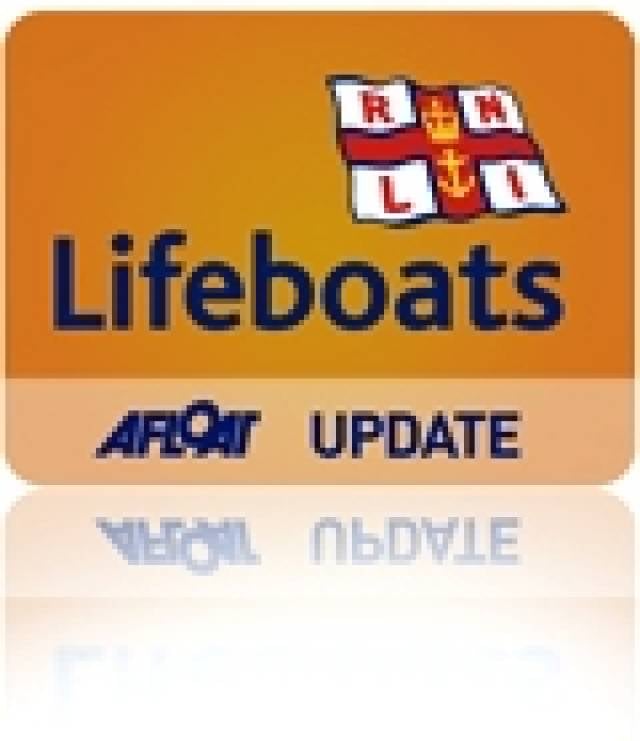#RNLI - Wicklow RNLI travelled to Greystones on Sunday afternoon (18 August) for the unveiling of a plaque in memory of RNLI coxswain John Doyle and two members of his family, who lost their lives in 1892.
The deceased were trying to assist a vessel breaking away from her moorings in Greystones Harbour on 14 October 1892, a Friday night when heavy seas and a north-east gale prevailed in the Irish Sea.
That night, the schooner Mersey, which was moored alongside the jetty at Greystones, threatened to break up where she lay, and the owner resolved to let her drive on the beach.
John Doyle and William Doyle - with Herbert Doyle, son of the latter - went out along the jetty to cast a rope to the vessel and, having done so, were making their return when a great wave suddenly engulfed them. They had often gone out to save life and were famed for their bravery.
John and William Doyle left large families, and there were many tearful eyes at the funeral service in St Patrick's Church for the three Doyles, many of whose descendants are still in Greystones.
The Anchor amusement centre and restaurant at the harbour was originally a lifeboat house, and between 1871 and 1896 there were two lifeboats, the Sarah Tancred and the Richard Brown, the latter of which John Doyle served as coxswain.
As the Wicklow lifeboat entered Greystones, the crew scattered flower petals inside the harbour entrance as a mark of respect for coxswain Doyle.
John Doyle’s granddaughter Betty Lowe unveiled the plaque on the pier wall. During the ceremony, the lifeboat crew presented her with a framed photograph of the Wicklow lifeboat and an RNLI flag.
Lowe was inspired to erect the memorial after attending the unveiling of The Beacon of Hope sculpture in 2009 at the RNLI headquarters in Poole. Her grandfather’s name is one of hundreds on the memorial who have given their lives selflessly to save others over the last 200 years.
Speaking after the ceremony, Wicklow RNLI volunteer lifeboat press officer Tommy Dover said: "We would like to thank Mrs Lowe and her family for inviting us to the ceremony, it was a great privilege to be involved."
































































